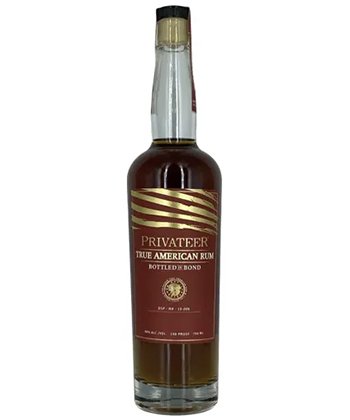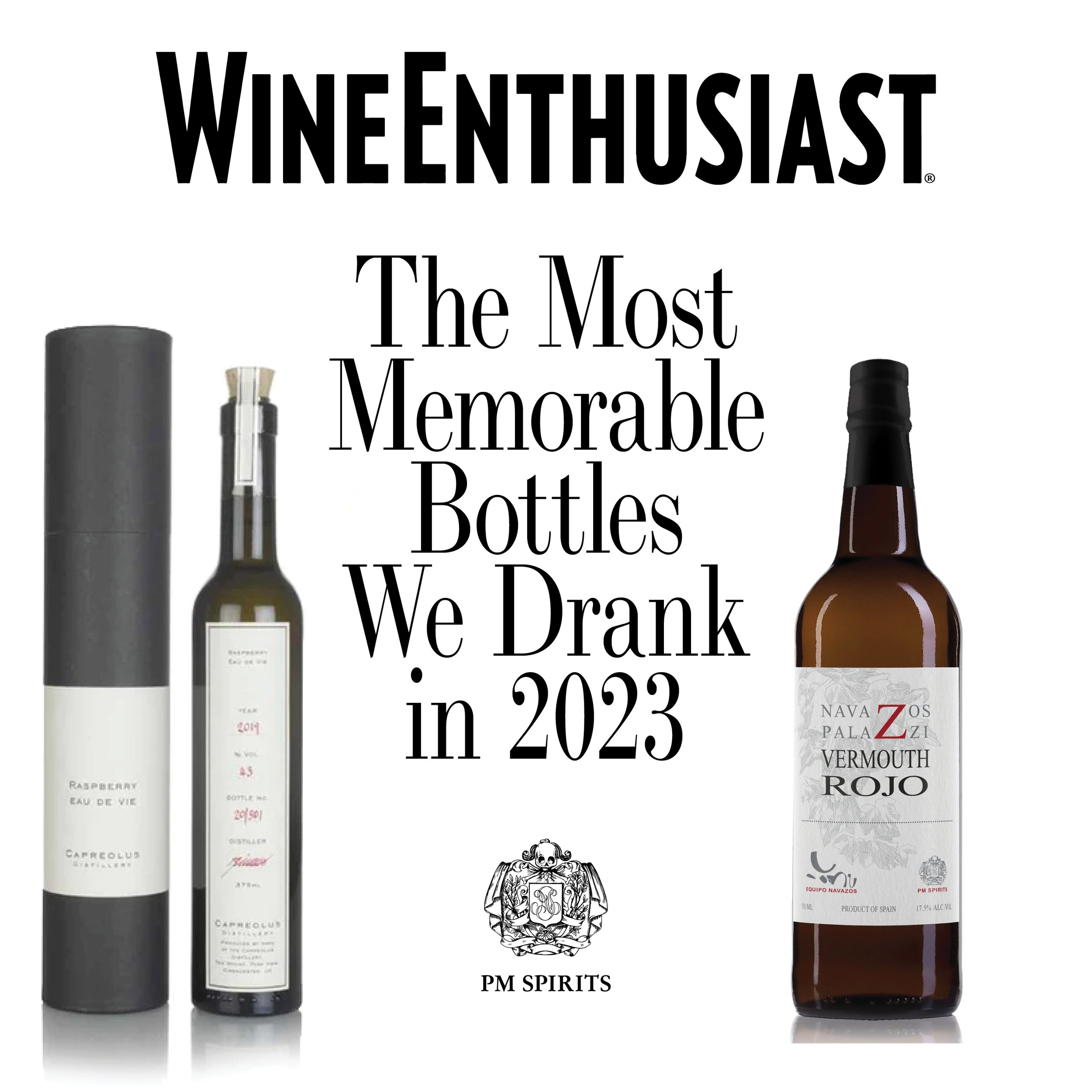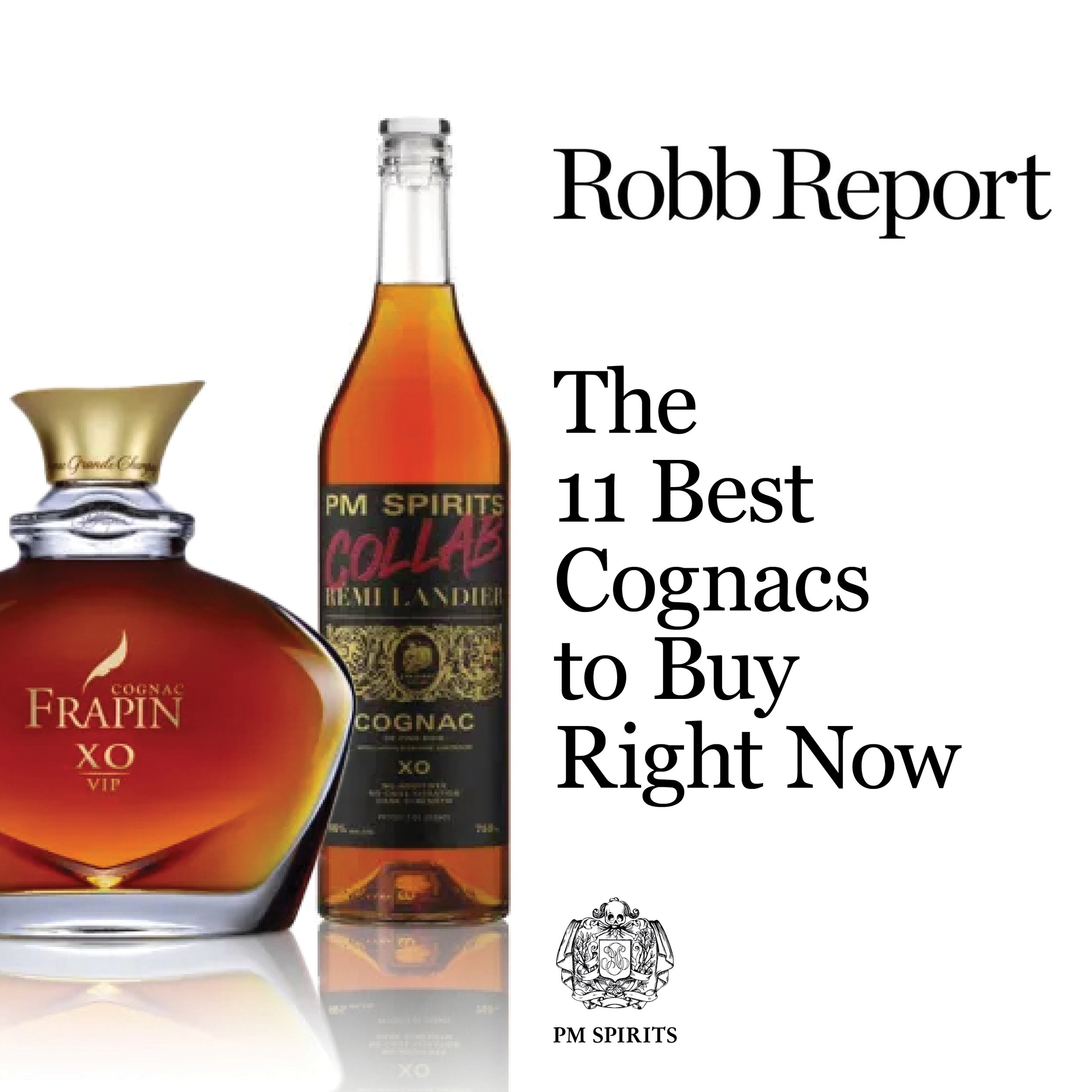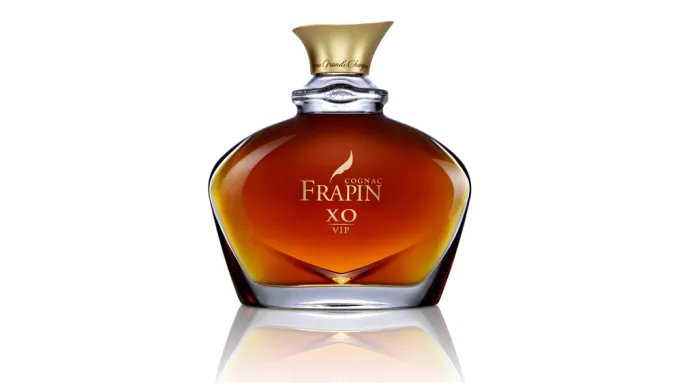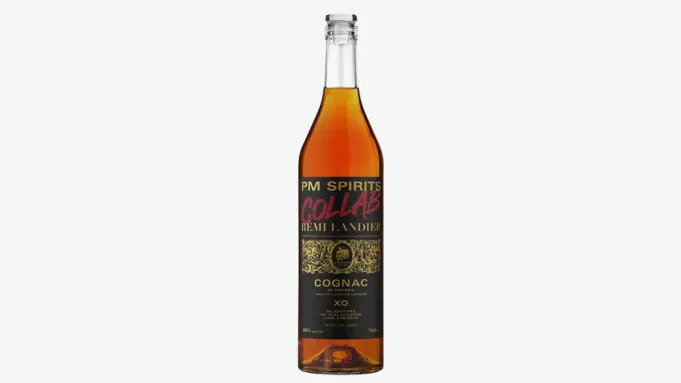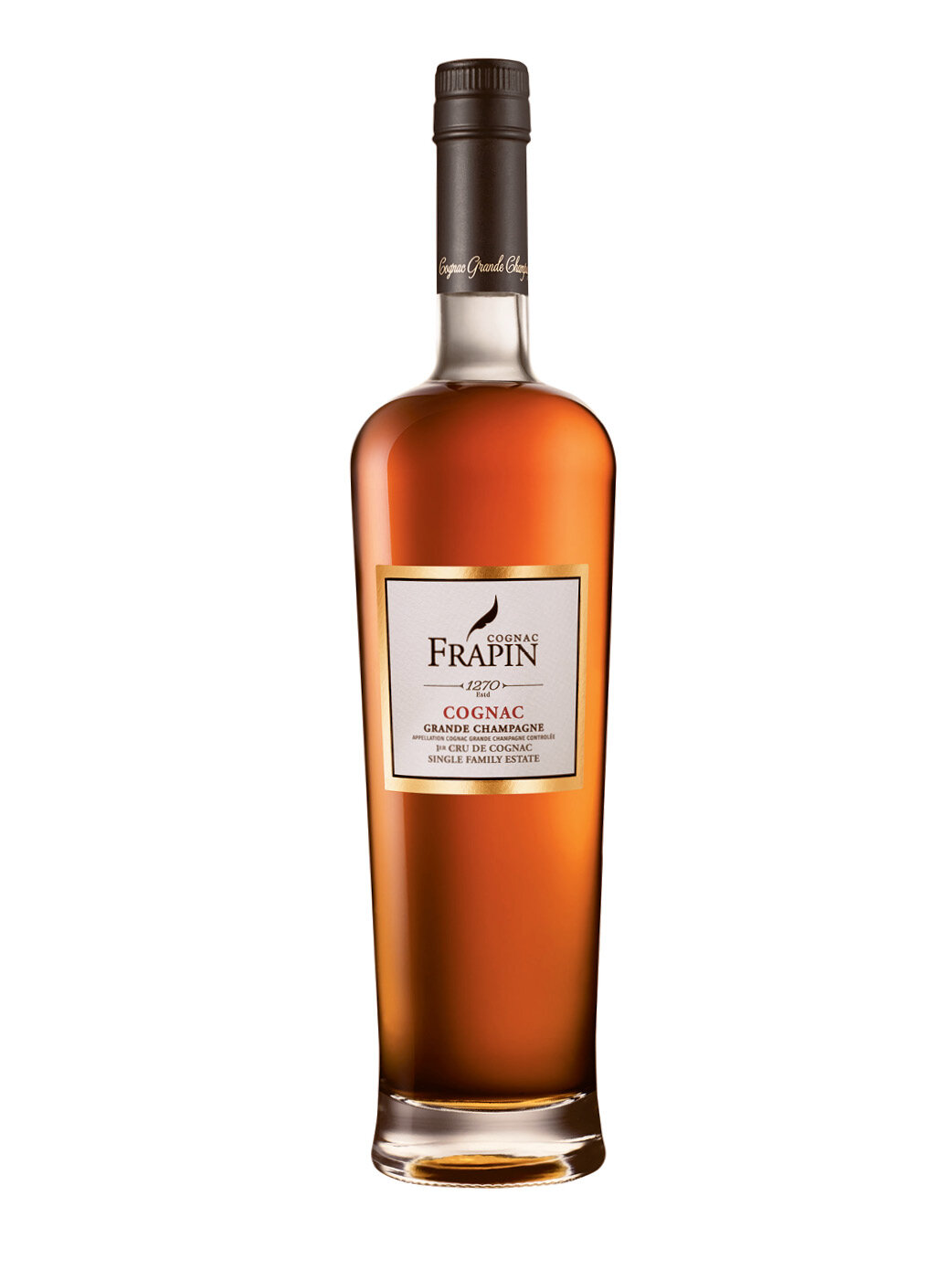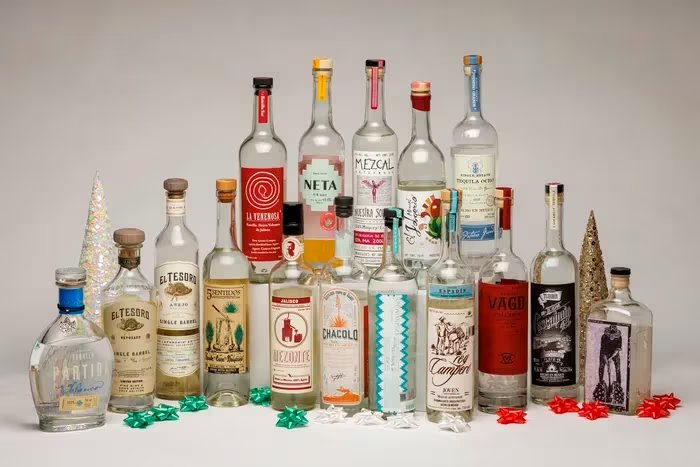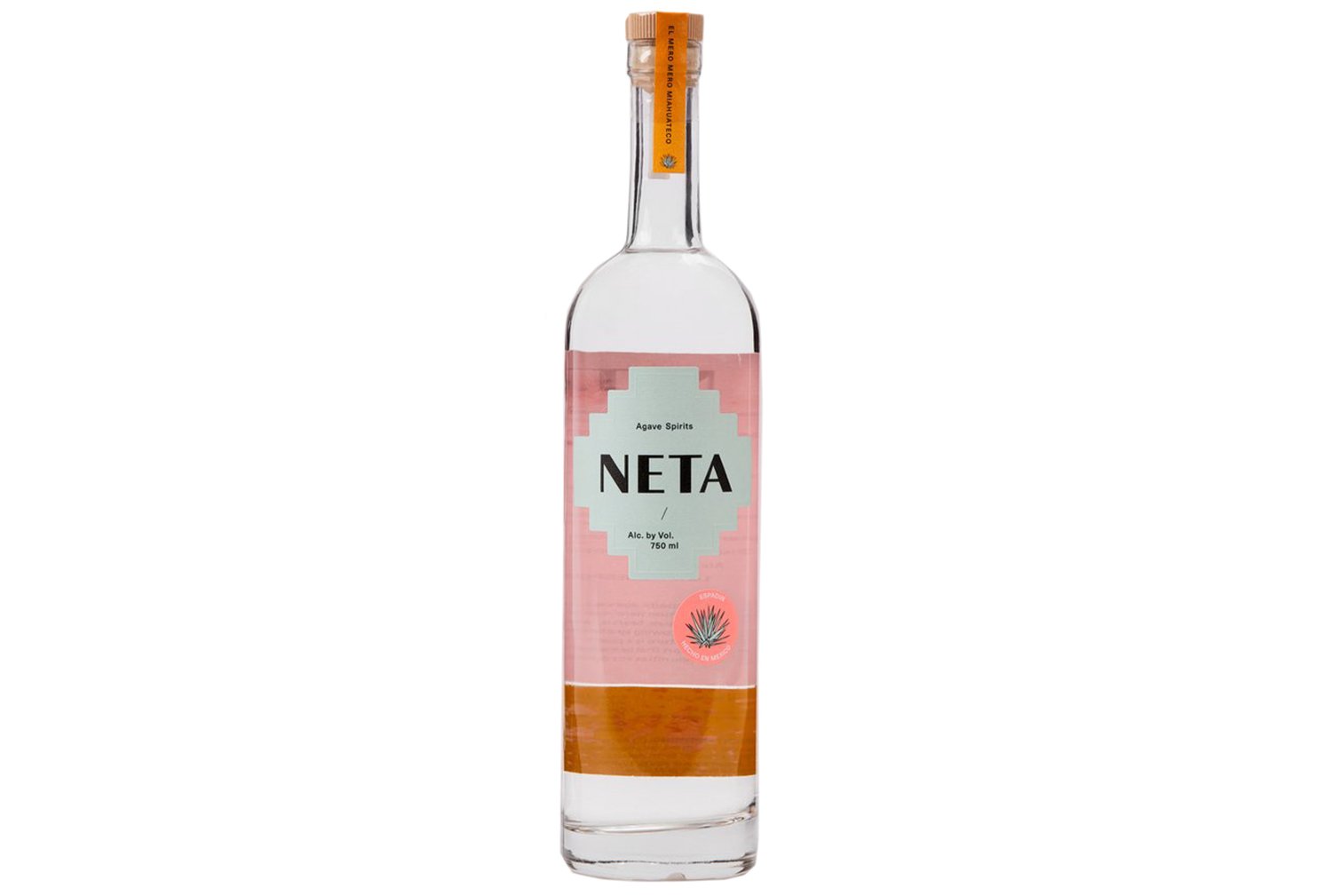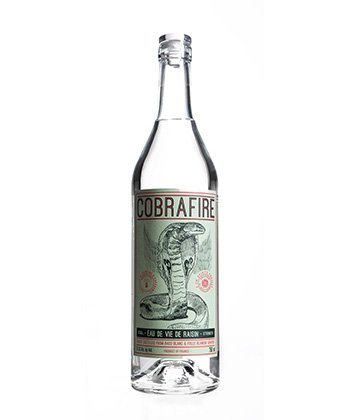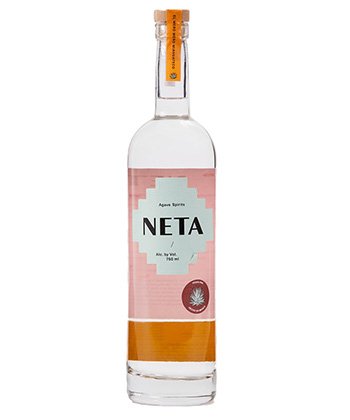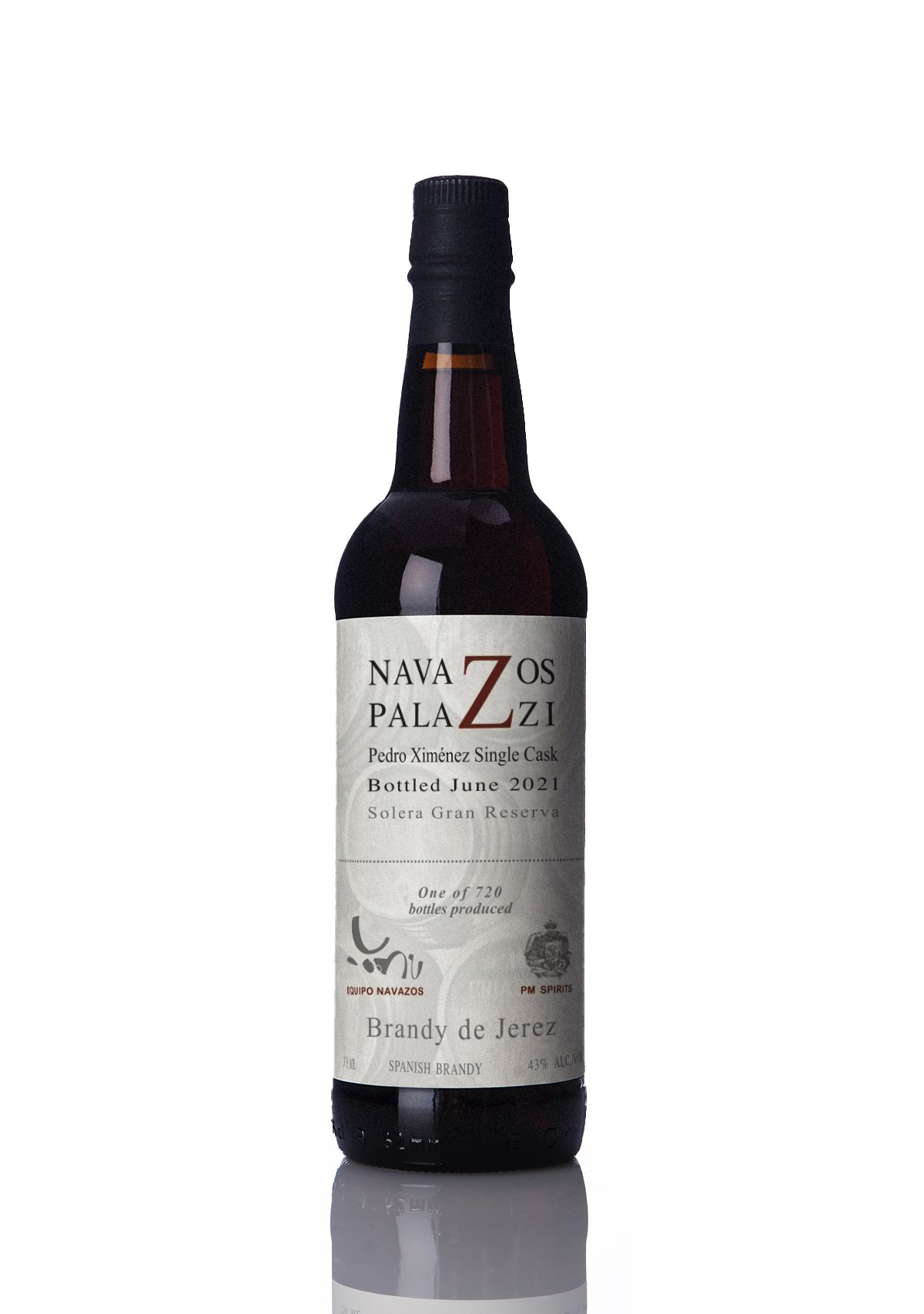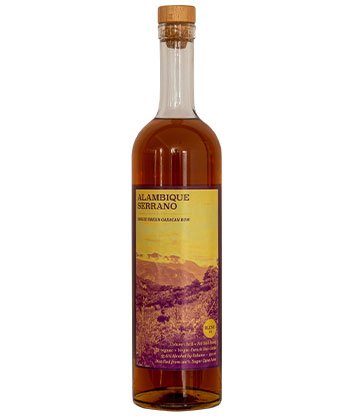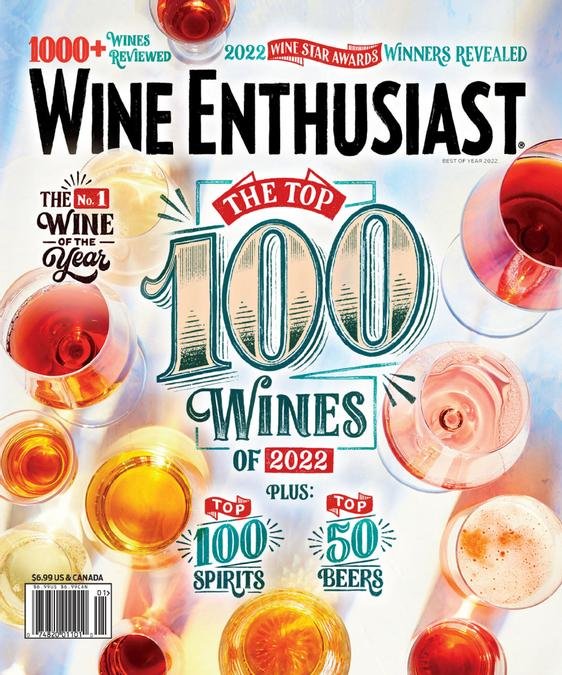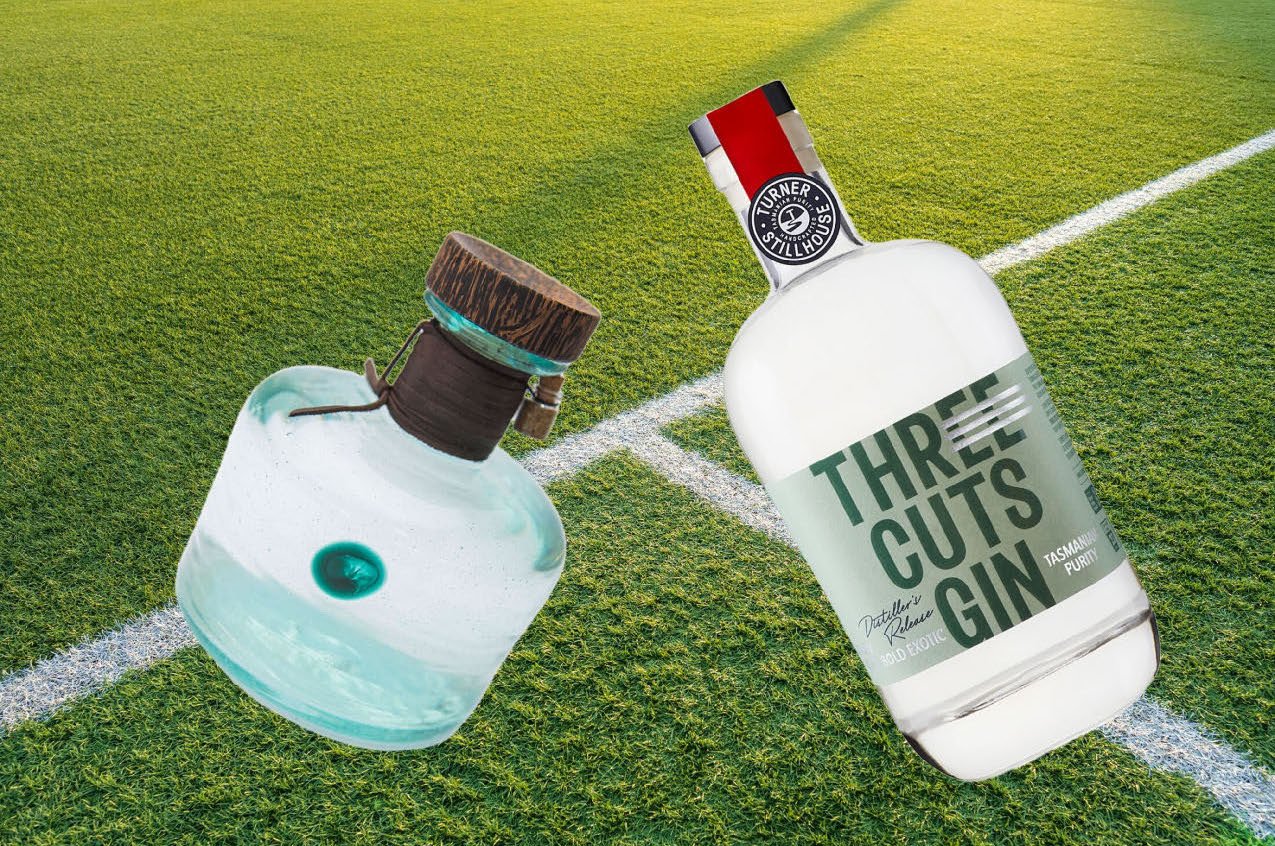There are many garish bottles on liquor store shelves, but none do more peacocking than Brandy de Jerez. Surely, you’ve noticed the bottles I’m talking about—even if, like most people, you’ve never bought one. Most Spanish brandies boast crimson or gold labels. One dons a pretty ribbon, while a rival sports an intricate faux-gilded pattern. Some are affixed with regal wax seals, while others announce their presence in fancy Renaissance-Faire-ish fonts. Then there are the courtly names themselves: Carlos I, Cardenal Mendoza, Gran Duque d’Alba.
“Subtlety isn’t the middle name of Jerez’s brandy men,” once wrote spirits critic F. Paul Pacult in his encyclopedic guide, Kindred Spirits.
In the past, I’ve described Brandy de Jerez as that buddy who tries just a bit too hard—the one with the flashy watch, the giant belt buckle, the ridiculous gold chain or too much cologne. Sometimes, when I open a bottle, I feel as though I should be wearing a ruffled collar, like a courtier of Philip IV. Regardless, I happen to enjoy Brandy de Jerez. I believe, for instance, that it works better in many classic brandy cocktails than Cognac. But I often feel like the odd one out with this opinion.
My big takeaway? Spanish brandy is in desperate need of a rebrand, and there has mercifully been a small movement toward change in the right direction. But before I get into the signs of hope for Spanish brandy, it’s important to consider the larger state of affairs.
Last year, François Monti, a drinks writer based in Madrid, called out Spanish brandy in his industry newsletter, Jaibol. The rant was prompted by Monti’s outrage over a historic Brandy de Jerez brand’s attempt to reinvent itself as a drink to be mixed with Coca-Cola. Brandy de Jerez, Monti writes, is an appellation “not very clear about where it is going.”
It remains a fact that fewer and fewer people drink Brandy de Jerez. Since 2008, total sales have dropped from 45 million liters to around nine million liters, with consumption dropping 30 percent between 2012 and 2016 alone. During the last decade, exports fell an additional 15%, and things continue to trend downward. Spanish brandy’s largest export markets are now the Philippines and Equatorial Guinea—the latter consuming six times more Brandy de Jerez than the U.S.
Why is this? In his newsletter, Monti minces no words. “Brandy de Jerez does not stand for the quality of its raw material,” he writes. Terroir also means little: “It is very complicated to talk about the terroir of Brandy de Jerez… the vast majority of the raw material comes from outside the [Sherry] triangle,” the historic region bounded by the city of Jerez on the east and to the northwest and southwest respectively, the ports of Sanlúcar de Barrameda and El Puerto de Santa Maria.
It’s hard to say what terroir (or transparency) even means for Brandy de Jerez. The name itself invokes the city in Andalucía that’s famous for Sherry. But the grape mostly used for the brandy is not Palomino (as with Sherry) but Airen, an insipid neutral grape said to be the most planted in the world, grown mostly on agribusiness vineyards in La Mancha. Most of the brandy is distilled outside of the Sherry triangle, what the regulatory council calls the “processing zone,” before it comes to age in the vast solera cellars back in Jerez. By law, Brandy de Jerez must age in Sherry barrels, but there’s little differentiation between brands.
Then there are Spanish brandy’s elevated sugar levels: Up to 35 grams of sugar per liter is allowed. This sweetness goes against the current consumer demands for drier spirits.
Finally, Monti called out the dated, stodgy brand image:
“Emperors, cardinals, aristocrats, great battles of Catholicism: the names and image of some of the brands are an obstacle for a more modern consumer. Carlos I, a brand that has made a great effort to modernize its image and that has a clear strategy of going towards the premium segment, still mentions on its website ‘Spirit of Conquest.’ ¡Ay!”
It adds up to a spirit that the younger generation in Spain sees as hopelessly old-fashioned, the drink of their grandfathers—with a cringe-y legacy of being cosa de hombres (“a man thing”) as this television ad for Soberano from the 1960s suggests. (Even darker was this horrible ad.)
All of this is a shame. I have been a big advocate for Spanish brandy over the years. Back in 2015, Monti and I actually presented a panel on the spirit at Tales of the Cocktail. Even then, we spoke about the same challenges that Brandy de Jerez faces today, which tells you how little has changed in the past eight years.
At the time, we implored brands to re-evaluate the high sugar content and additives in a world that wants products that are dry and additive free. We bemoaned the low level of alcohol by volume. Most of it is imported into the U.S. at just 40%, but much of what’s sold in Spain and elsewhere falls below even that, down to 36% abv. We even wore ruffled collars to underscore silliness and outdatedness of the category’s imagery.
In Monti’s article, the last straw for him was the suggestion of combining brandy with Coca-Cola, pushed by one big brand’s marketing department. He pointed out a similarly misguided marketing attempt a decade ago by the producers of Calvados, a similarly troubled spirit, who tried to push something called the Calvados Tonic. In France, Calvados Tonic was an unmitigated failure as a marketing campaign. The Spanish-brandy-and-cola, I believe, will meet the same fate. “One of the most uncomfortable truths in the spirits industry is that hardly any recent trends have been created by brands,” Monti notes.
The real challenge for Brandy de Jerez is to understand what premium spirits drinkers really want. But there are signs of hope in a growing number of smaller producers who are more transparent about origin and aging.





